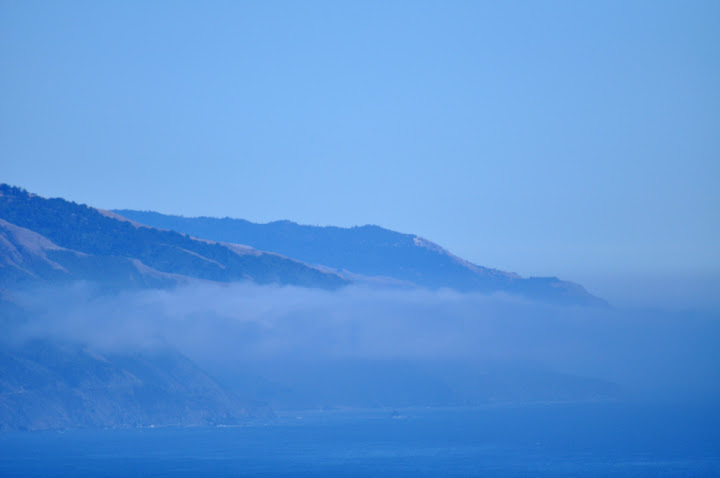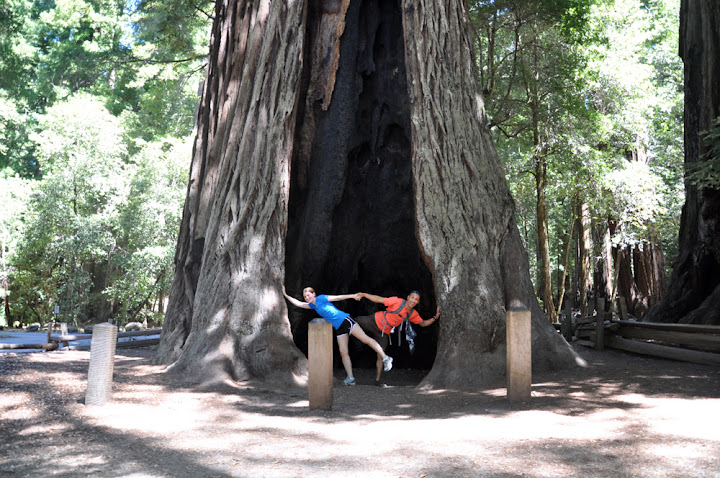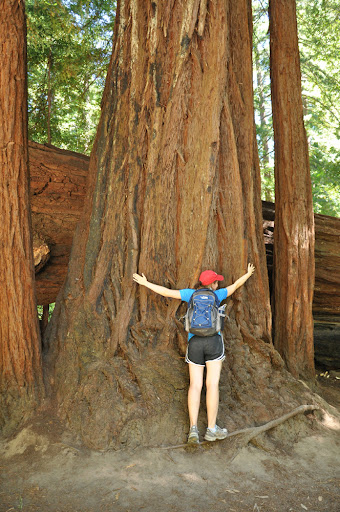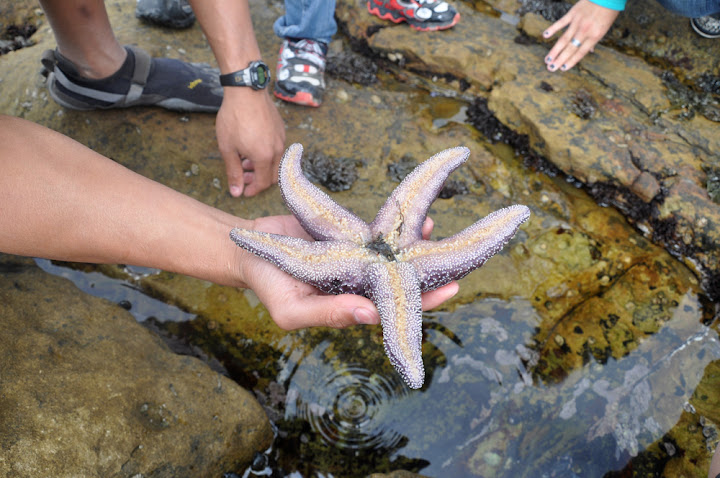We're almost at the middle of December and yet the weather remains fairly mild. Aside from the fluke snowstorm that arrived around Halloween, we haven't seen much precipitation, rain or snow. The sunny afternoons tempt me to come outside; it's perfect climbing weather. But by the time I'm through with school, the sun has set and my chance to get on the rock has disappeared.
Brendan and I took advantage of some great weather during the Thanksgiving break to head down to Lincoln Woods in Rhode Island and check out the bouldering scene. Our guidebook, New England Bouldering, features close to twenty boulders, and we decided to hang out at Ship's Prow and The Wave. With some cool traverses and some overhang with a range of difficulty levels, these boulders offered fun climbs and a good introduction to what Lincoln Woods has to offer.
Here are a few photos from the afternoon. Full album here.


















